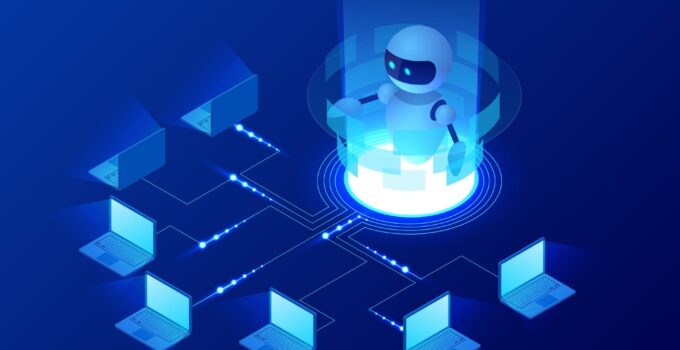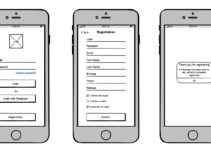In recent years, the landscape of the workplace has been profoundly transformed by the emergence of a new type of employee: the digital worker. This phenomenon marks a significant shift in how tasks are performed and managed in various sectors. There are already software, like Artisan, that can provide you with these services.
Since we are already in the digital age, especially when it comes to the world of business, understanding the role and capabilities of these virtual entities has become crucial for businesses aiming to stay ahead in an increasingly digitalized world. Let us guide you through the most relevant things to understand regarding this concept.
The Fundamentals
At its core, a digital worker is a technological entity designed to perform tasks and processes that were traditionally carried out by human employees. These entities can be as simple as a software script handling data entry or as complex as an AI-driven system making business decisions based on real-time data analysis.
The defining characteristic of these entities is their ability to execute tasks with a level of speed and precision that is often challenging for human counterparts.
The essence of these sophisticated entities lies in the blend of cutting-edge technologies that drive them. Artificial intelligence stands at the forefront, enabling them to learn from data and improve over time.
Machine learning algorithms allow them to adapt to new information and changing conditions, while cloud computing provides the vast processing power and data storage capacity they require to function efficiently.
This technological synergy creates entities that are not only capable of performing tasks but also evolving as they encounter new scenarios and challenges.
Roles and Responsibilities
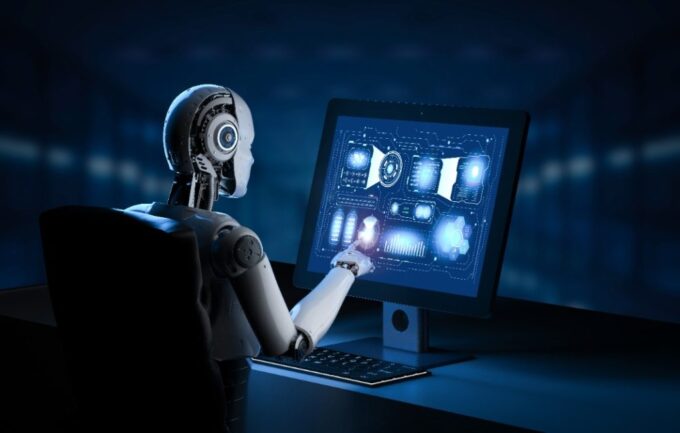
Source: chiefexecutive.net
In today’s businesses, these automated entities are increasingly taking on roles that span a wide range of functions. From handling customer service inquiries to managing supply chains and analyzing market trends, their applications are as varied as the industries they serve. What makes them particularly valuable is their ability to work tirelessly, make data-driven decisions, and handle tasks that are either too voluminous or complex for humans.
The Integration with Human Teams
The successful integration of these entities into existing human teams is a delicate balance. It involves not only the technological implementation but also a cultural shift within organizations. Employees need to be trained to work alongside these entities, understanding how to leverage their capabilities while also compensating for their limitations. The key is to create a symbiotic relationship where both humans and automated systems complement each other’s strengths.
Advantages and Disadvantages
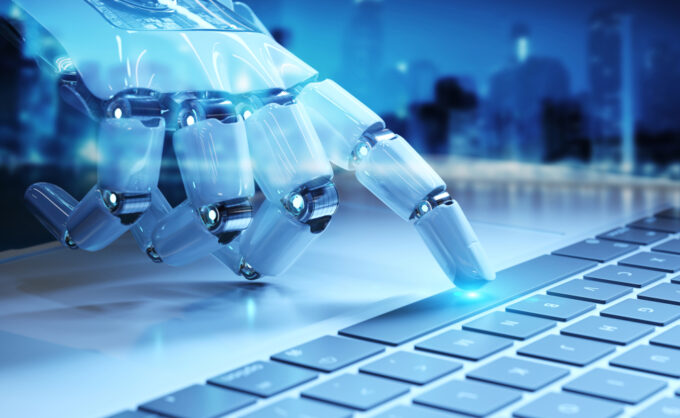
Source: centelli.com
Now let us go through the advantages and disadvantages of this concept.
What are the Benefits?
The most important benefits of digital workers to have in mind are:
- Increased Efficiency: Automated systems can work continuously without breaks, handling tasks at a pace that significantly surpasses human capabilities.
- Cost Savings: Over time, the investment in these technologies can lead to substantial cost savings, reducing the need for human labor in repetitive or mundane tasks.
- Scalability: These systems can be scaled up or down with relative ease, allowing businesses to adjust quickly to changing demands.
- Innovation: By handling routine tasks, they free up human employees to focus on creative and strategic initiatives.
How About the Challenges?
While challenges are not numerous, they still exist.
- Workforce Displacement: The rise of automated systems can lead to job displacement, creating a need for workforce retraining and redeployment.
- Ethical Concerns: There are ethical implications, particularly around privacy and decision-making, that need to be carefully managed.
- Integration Complexity: Successfully integrating these systems into existing workflows can be complex and resource-intensive.
Emerging Trends and Developments
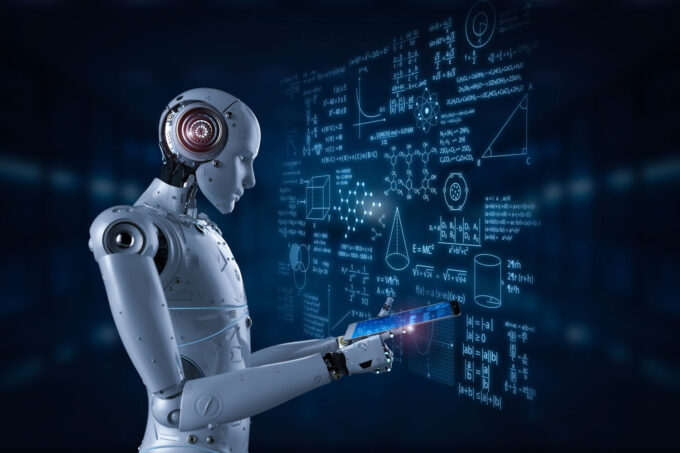
Source: proinfobg.org
Transformative advancements. The integration of more sophisticated artificial intelligence is a major driving force behind this revolution. These advancements are not just about enhancing computational abilities; they’re about making these systems more intuitive, more adaptable, and more in tune with the nuances of human interaction and decision-making.
One significant area of development is in natural language processing (NLP). The next generation of digital workers is expected to understand and interpret human language with greater accuracy, making interactions with them more seamless and natural. This leap in NLP capabilities means that these systems could handle more complex customer service scenarios, engage in more effective problem-solving conversations, and even understand and respond to emotional cues.
Emotional intelligence in AI is another frontier. The integration of emotional recognition and response capabilities in digital workers will significantly enhance their interaction with humans. This will not only improve customer service experiences but also enable these systems to play a role in areas like mental health support, where understanding and responding to emotional cues are crucial.
Preparing for a Digital Workforce
The shift towards an increasingly automated workforce necessitates proactive preparation from both businesses and individuals. Staying abreast of technological advancements is essential. This means not only being aware of new technologies as they emerge but also understanding their potential impact on various aspects of business and work.
For businesses, this preparation involves developing strategies for integrating these technologies into existing models and workflows. It’s about finding the right balance between human and digital labor, ensuring that the introduction of automated systems complements and enhances human efforts rather than replacing them. This requires thoughtful planning, investment in the right technology, and training for employees to work effectively with these new systems.
For individuals, the key lies in continuous learning and upskilling. As the nature of work changes, the skill sets required will evolve. There will be a growing demand for skills like data analysis, machine learning, and AI literacy, alongside soft skills such as critical thinking, creativity, and adaptability. Embracing lifelong learning and being open to reskilling will be crucial in staying relevant and competitive in this new landscape.
Summary
As we move further into the 21st century, these technologies will continue to evolve, reshaping the landscape of work and opening new avenues for innovation and efficiency. Embracing and adapting to this shift will be crucial for success in the evolving business environment, where human creativity and technological prowess combine to create a more dynamic and productive future.

